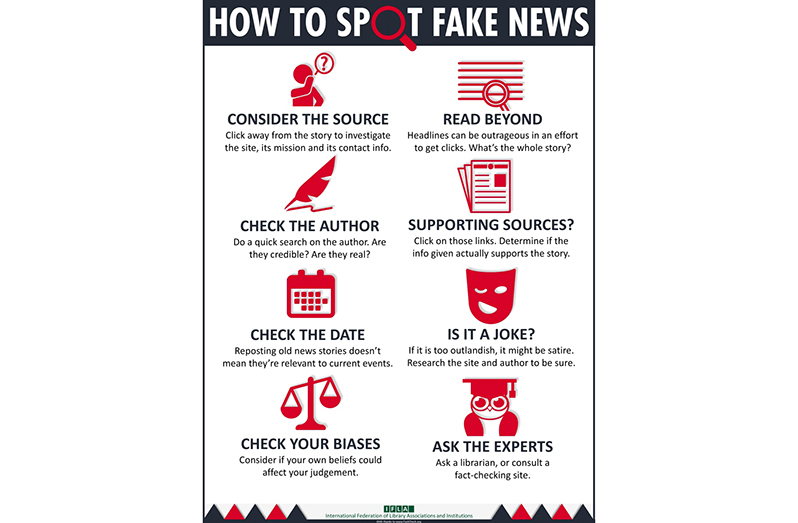OVER the years, I’ve noticed that misinformation and disinformation are being mentioned in the media during discourses. Unfortunately, they’re sometimes used interchangeably when defining two different concepts. This week’s column piece is dedicated exclusively to debunk some of the misconceptions behind these two terms and to let you know how you can make better choices related to media consumption. Misinformation is inaccurate information. It simply means that the author behind the news gets the facts wrong. Misinformation can occur when journalists don’t do their due diligence and report wrong facts. If a news report relayed that an event is expected to commence tomorrow, but the actual date is next week, that’s misinformation. It’s not necessarily lying. It pretty much sums up getting the facts wrong.
Disinformation is not the same as misinformation. While disinformation is also false information, it is made to deliberately mislead. Most people usually forget the latter part of the definition. Disinformation can occur when the “bad actor” who creates the news intentionally alters the facts or creates fiction to fuel a particular agenda or narrative. An informed population that can effectively separate fact from fiction is needed to combat disinformation. Disinformation is also known as manipulated media and includes propaganda or hoaxes. While these terms are different, they can be very dangerous to our news consumption and the media. According to the World Health Organization, more than 70 percent of news being shared online are inaccurate news. It means that most of the news we may see popping up on our timeline can be misleading or false information. That was very eye-opening for me.
 How do we combat this? We must first engage in critical thinking at all times. You can use critical thinking to understand the information presented to you. You can come up with your own conclusions, pick out any biases and expand the news outlets you consume. One part of critical thinking that I always enjoy the most is identifying the sources to understand if they may have any motives for being biased. You should always consider who the source of this information is. Ask yourself, how credible are they? What is their supporting evidence? Do they have a history of misinformation or disinformation? There was a time in my life when I consumed the first bit of information that popped across social media without finding out if other sites or outlets were saying the same thing or even realising that this piece of information was pure fiction. I didn’t take the time to read or thoroughly understand, and I had to end up paying the consequences.
How do we combat this? We must first engage in critical thinking at all times. You can use critical thinking to understand the information presented to you. You can come up with your own conclusions, pick out any biases and expand the news outlets you consume. One part of critical thinking that I always enjoy the most is identifying the sources to understand if they may have any motives for being biased. You should always consider who the source of this information is. Ask yourself, how credible are they? What is their supporting evidence? Do they have a history of misinformation or disinformation? There was a time in my life when I consumed the first bit of information that popped across social media without finding out if other sites or outlets were saying the same thing or even realising that this piece of information was pure fiction. I didn’t take the time to read or thoroughly understand, and I had to end up paying the consequences.
This was before I was exposed to university teachings and understanding citations, references and the importance of source-checking. Unfortunately, not many people are deliberately exposed to this, but it doesn’t mean you can’t google the concepts and understand them better. I am pleading with you not to be gullible. There’s a reason why “Don’t believe everything you read or see online” is a popular slogan many social media users use. These combating examples don’t only relate to the media or online sites, but can also be used in your everyday life with the things you hear or see. As it relates to disinformation, I want you all to know that everyone who shares information has different reasons for doing so, and not every reason is genuine. It’s up to you to decide what is and what isn’t.
I hope you all make better and more informed choices the next time you consume news or information. The consequences of false information or deliberately false information are equally devastating to us as individuals and our country as a whole. The power to change that remains with you and how you choose to act, whether to consume or to combat.



.jpg)








